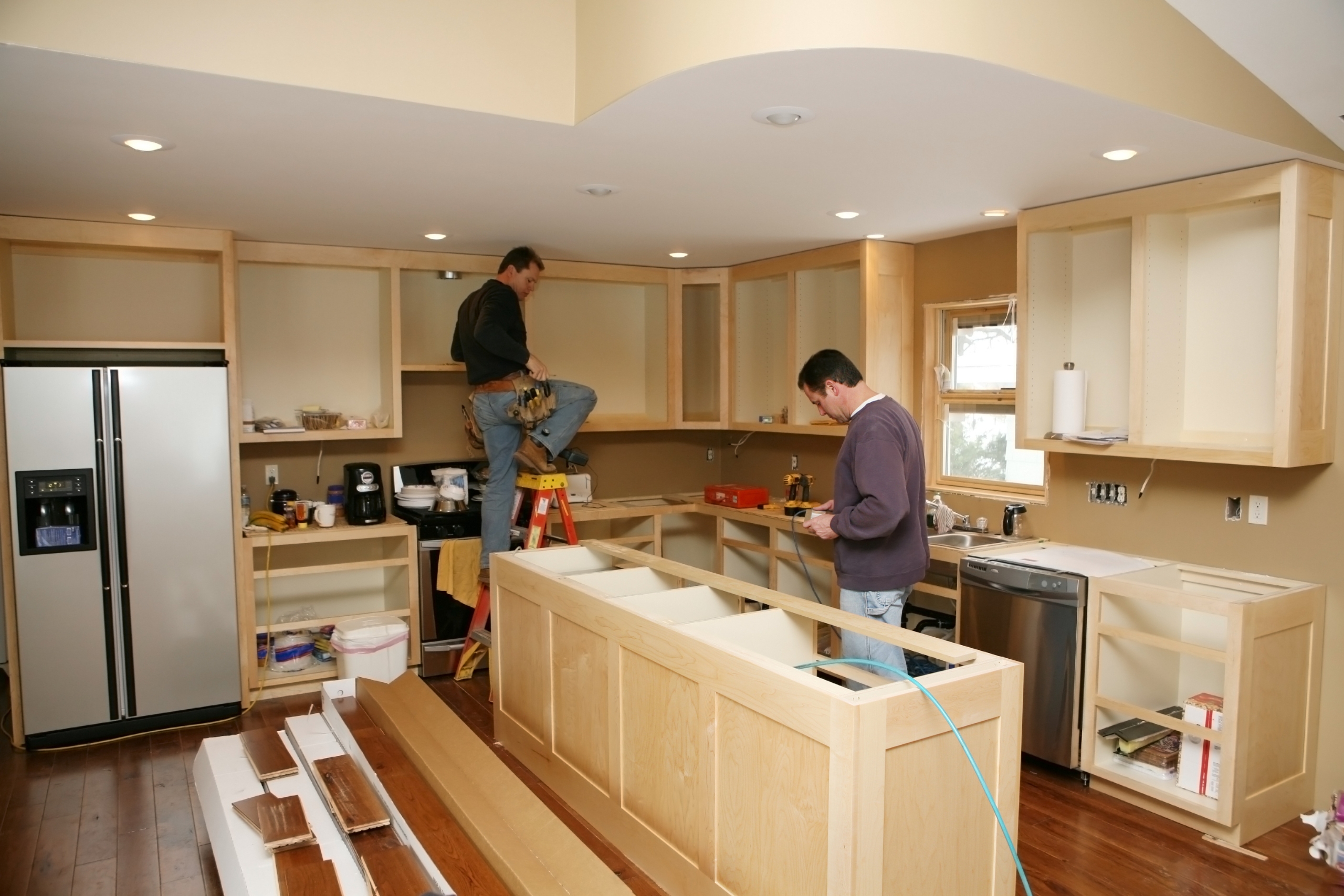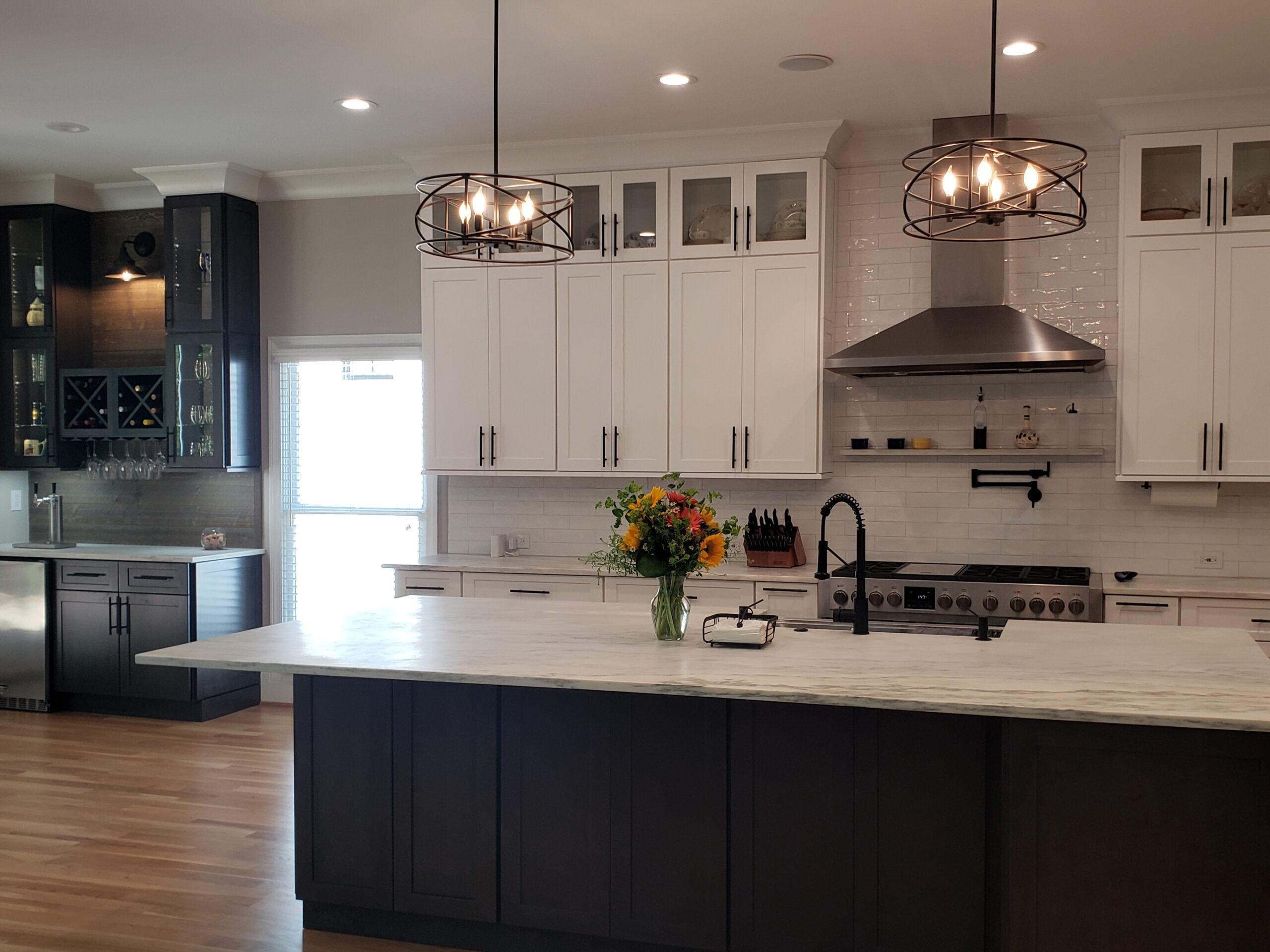Designing a kitchen is one of the most exciting parts of building or remodeling a home. The kitchen is where meals are prepared, family and friends gather, and daily routines often begin and end. But planning a kitchen isn’t just about picking pretty cabinets or trendy backsplashes. A well-designed kitchen needs to be both beautiful and practical.
To help you avoid common mistakes and make wise choices, we’ve compiled a list of simple and easy-to-follow kitchen design guidelines. Whether you’re updating an older space or starting from scratch, these tips can help you create a kitchen that works well and looks great.
Do plan your kitchen around how you use it
Every household is different. Some people cook full meals every day, while others need space for coffee and takeout containers. Think about your habits and daily routines.
- Do you need extra counter space for meal prep?
- Do you bake often and need a double oven?
- Do you eat in the kitchen or have a separate dining room?
Practical tip: Sketch a rough layout of your current kitchen and mark the areas where you work the most. Use this to guide the placement of appliances, counters, and storage.
Don’t ignore the work triangle
The kitchen work triangle is the imaginary line between the stove, sink, and refrigerator. These three points are the most used in the kitchen, and they should be close enough to allow smooth movement but not too close so that they feel cramped.
Common mistake is placing the fridge too far from the stove or placing an island in the middle of the triangle, which disrupts flow.
Practical tip: Aim to keep each side of the triangle between 4 and 9 feet. This creates a natural flow that makes cooking and cleaning easier.
Do invest in good lighting
Lighting is often overlooked in kitchen design, but it plays a big role in how functional and comfortable the space feels.
You’ll need three main types of lighting:
- Ambient lighting (general overhead light)
- Task lighting (focused light over counters and sinks)
- Accent lighting (to highlight features like shelves or backsplashes)
Practical tip: Use under-cabinet lighting to brighten countertops and make food prep safer.
Don’t forget about storage
Storage is essential in any kitchen. Without it, the counters will quickly become cluttered, making everyday items hard to find.
Common mistakes:
- Not planning for deep drawers.
- Forgetting vertical space.
- Ignoring corners or small areas.
Practical tip: Use pull-out shelves in lower cabinets and vertical dividers for baking sheets. Tall pantry cabinets can be a big help if you don’t have a walk-in pantry.
Do choose quality materials for everyday use
Kitchens go through a lot of spills, heat, stains, and constant use. That’s why it’s worth investing in materials that handle daily wear.
- Solid wood or plywood cabinets last longer than particleboard.
- Quartz countertops are easy to clean and resist scratches and stains.
- Backsplashes made of ceramic or porcelain tile are simple to maintain.
Practical tip: If you’re on a budget, focus on high-use areas like countertops and cabinet doors, and save on drawer interiors or light fixtures.
Don’t overcrowd the space
A kitchen that feels too busy or packed with items can quickly become frustrating. While it’s tempting to add extra cabinets or an oversized island, more isn’t always better.
Common mistake: Adding a kitchen island that’s too large for the space, making it hard to move around.
Practical tip: Leave at least 36 inches of walking space between counters and appliances. If you add an island, allow at least 42 inches of clearance around it.
Do include enough electrical outlets
Modern kitchens are full of gadgets, coffee makers, blenders, toasters, and air fryers. You’ll need enough outlets to use these tools without constantly unplugging something else.
Practical tip: Install outlets under cabinets, in drawers, or even on the side of your island. Add USB ports if you charge phones or tablets in the kitchen.
Don’t follow trends blindly
Trendy kitchens look great online but may not hold up over time. What’s popular today might feel outdated in just a few years.
Common trend mistakes:
- Brightly colored cabinets that are hard to match later.
- Open shelving that’s hard to keep clean.
- Patterned tiles that clash with other styles.
Practical tip: Stick to neutral cabinets and countertops, and bring in color with paint, decor, or stools. These are easier to change later.
Do think about ventilation
Good ventilation removes cooking odors, smoke, and moisture, which helps keep your kitchen and nearby rooms clean and fresh.
Practical tip: Always install a range hood or vent above the stove. Choose one with a strong fan and direct outside venting when possible.
Don’t ignore the small details
The small details like cabinet handles, faucet style, and backsplash grout can make a big difference in how your kitchen looks and feels.
Practical tip: Choose simple, matching hardware and keep things consistent. For example, use the same finish (like brushed nickel or matte black) for your faucets, handles, and light fixtures.
Do plan for trash and recycling
Trash bins are often left out as an afterthought, leading to clutter or awkward placements.
Practical tip: Include a pull-out trash and recycling drawer in the lower cabinets. Place it near the prep area so it’s easy to use while cooking.
Don’t cut corners on appliances
Appliances are a significant part of your kitchen’s function. Even if your budget is tight, choose reliable, energy-efficient models.
Common mistake: Buying a cheap stove or fridge that breaks down quickly or uses too much energy.
Practical tip: Read reviews, compare energy ratings, and choose appliances that match your cooking style. A double oven is great for big families, while a compact dishwasher may be enough for singles or couples.
Conclusion
Designing your kitchen should balance what looks good and what works well. The best kitchens are easy to use, safe, and comfortable. They help make cooking and cleaning simple while also being a place where people enjoy spending time together.
Following these do’s and don’ts can help you avoid common mistakes and build a space that fits your life and home. Take your time, plan carefully, and consider how you use your kitchen daily. That’s the best way to create a space you’ll love for years to come.Need help planning your kitchen design? Whether you’re starting fresh or updating your space, we’re here to guide you through each step. Contact us today at (404) 997-3788 to discuss your project and schedule a consultation.




